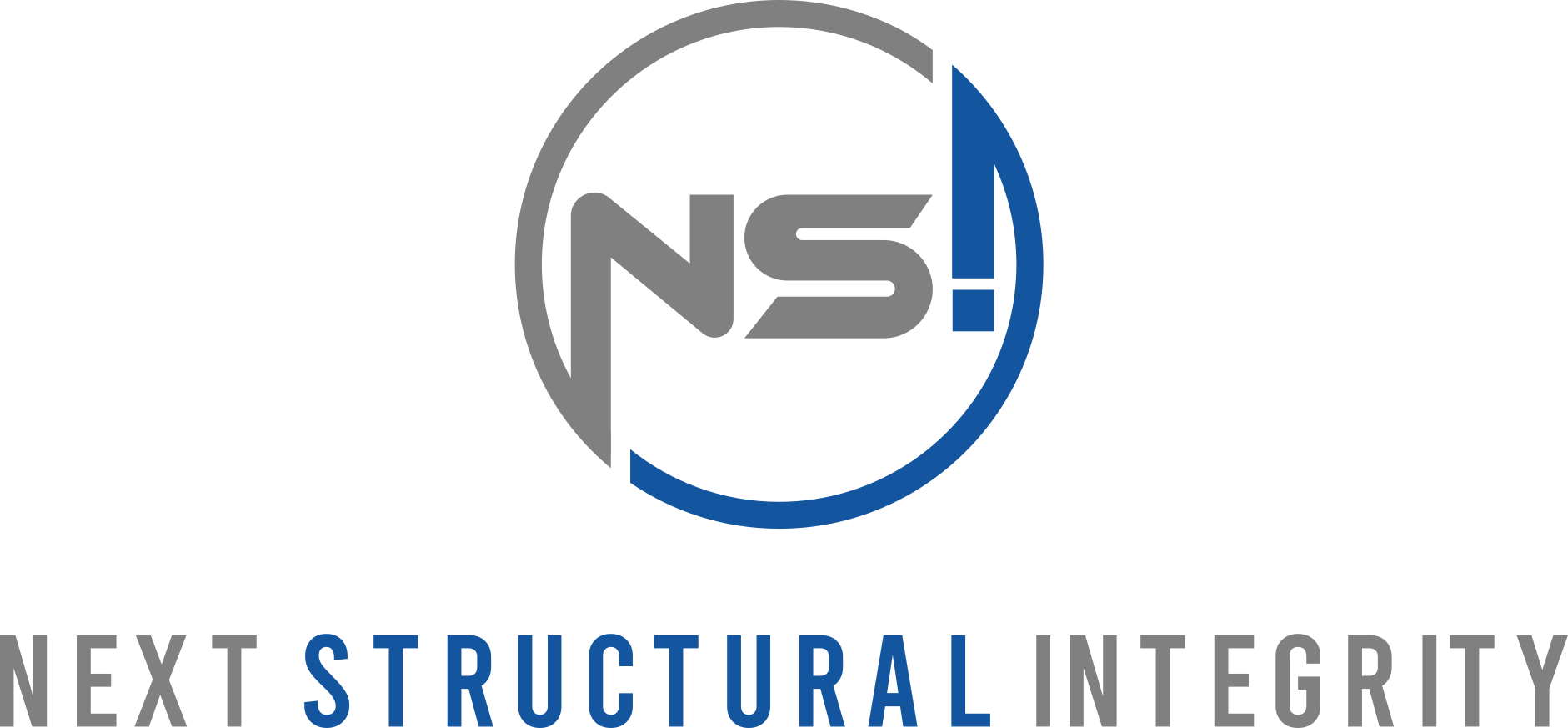NSI team provides engineering consulting services to its clients for piping system in the industrial sector. Our team has not been just analyzing the existing piping system but also providing a comprehensive analytical solution to mitigate the risk of failure of the piping system and sustain the piping system in its best performance.
Our services include but are not limited to:
- Perform the piping stress analysis in accordance with the industrial codes and standards such as ASME BPCV Section III (Sub Sections NB, NC, ND, NE, NF), ASME B31.1, ASME B31.3, CSA N285, CSA B51, etc…
- Highly experienced in the state-of-the-art analysis program such as CAESAR II, PipeStress, AutoPIPE, and be able to engage other analysis methods including NozzlePRO and other FEA software
- Perform the static analysis for the piping system under the sustained, thermal expansion, and other occasional loads
- Perform the dynamic analysis dealing with seismic, mechanical vibration, pressure surge, etc…
- Equipment nozzle loads evaluation
- Local stress assessment
SUPPORT ASSESSMENT
- Concerning the piping analysis results, the NSI team evaluates the loads on the piping support considering the type and location of the supports (Design by Load Rating, Design by Analysis, Elastic stress analysis, Limit load analysis, Stiffness analysis)
- NSI team members are experienced in various supports, such as shoe, guide, sliding plate, variable/constant springs, snubbers, etc.
- We can select and suggest the most appropriate type and location of supports that helps to keep the piping system from any unexpected trouble in operation such as vibration, seismic, etc.
- Design/analysis tools, Dedicated Mathcad sheets, Dedicated Matlab scripts, VBA enhanced Excel sheets interfacing with PepS /Caesar II output, ANSYS enabled FEA, Dedicated tool for welded joint stress analysis on large scale projects.
PIPING SUPPORT
NSI team provides engineering and consultation services to Canadian nuclear utilities in the area of piping support components analysis and qualification. NSI employs finite element analysis and closed-form solutions for this purpose.
Supports are classified as plate-and-shell type supports, linear type supports, or standard supports. For nuclear applications, supports are also specified by piping classes, i.e., CSA Class 1 (NB), Class 2 (NC), Class 3 (ND), or Class 4 (NE). Depending on the piping classifications, the design requirements and rules are given in the appropriate ASME BPVC Section III, Subsection NF and/or ANSI/MSS-SP-58 are used.
For CSA Class 6 and non-nuclear applications, the rules given in the appropriate Code such as ASME BPVC Section VIII, B31.1, B31.3, MSS-SP-58 and civil standards applicable to steel structures such as CSA S16, CSA G40.21, and ANSI/AISC are employed. Where there are no explicit requirements, the approach given in NF can be taken as a guide for the support design and qualification.
NSI team experience in modelling and analyzing piping components is extended to standard and non-standard supports. Supports are qualified for a spectrum of dead load, thermal expansion load, pipe whip load, water hammer load, vibrational load, seismic (inertia and anchor movement) load. Where required, the separate piping model is developed using other software such as PEPS to determine the support loads. For other cases, detailed finite element models are developed using finite element packages such as ANSYS or ABAQUS to calculate support loads and stresses for comparison against appropriate Code stress limits. Weldment stresses due to the resulting loads are then calculated. These model analyses can include specific support characteristics such as bolt preload, gap, non-linearity, and friction. Different procedures such as static analysis, coupled-thermal-structural transient analysis, non-linear (large deformation) analysis, time-history/response spectrum analysis are used to obtain a specific solution (load) as required. The jurisdiction boundary between support and building/vessel/piping components as specified by the appropriate Code is defined for use in the support analysis.
